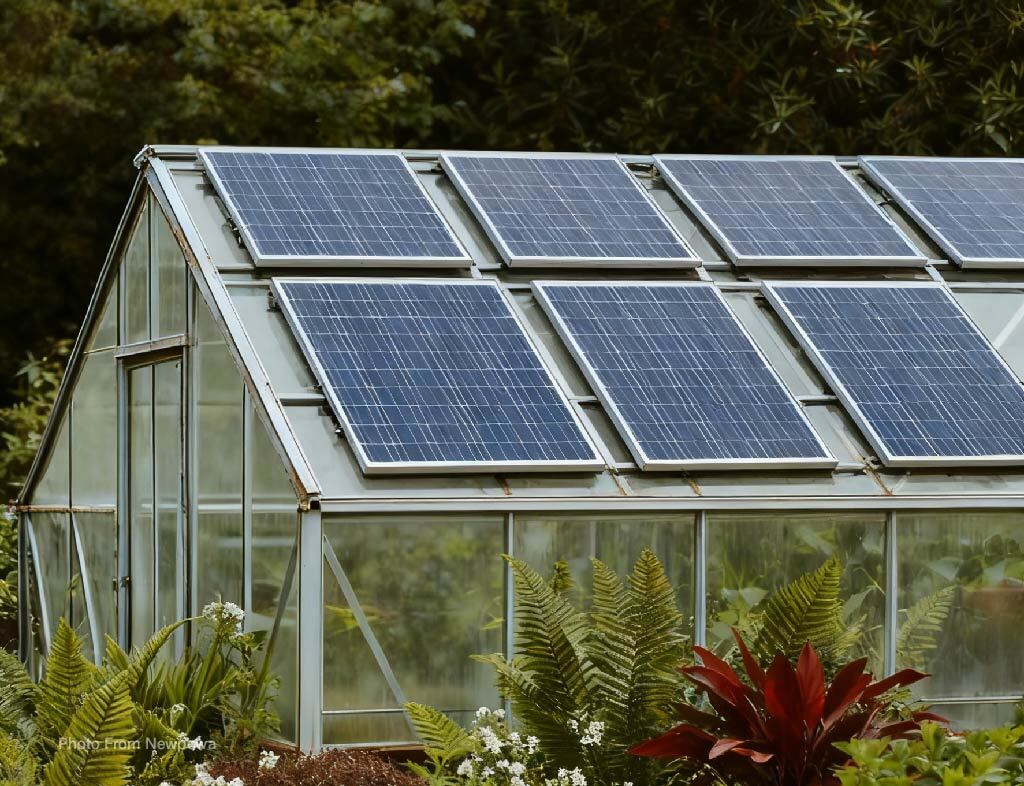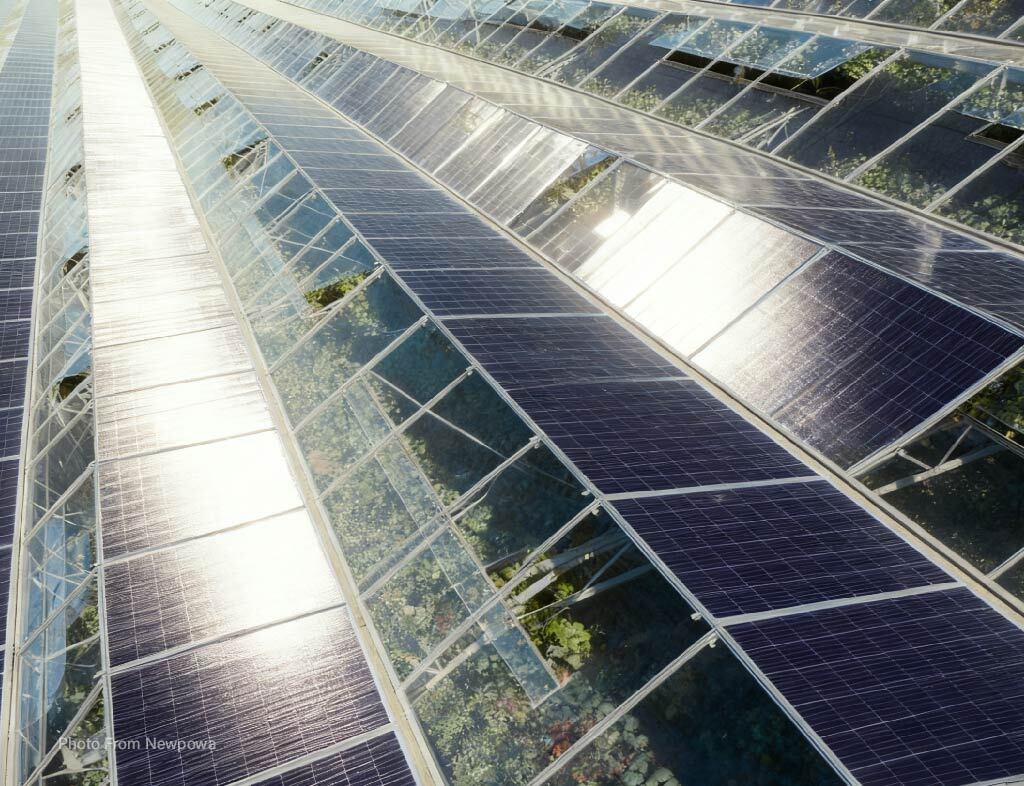SOLAR POWER FOR GREENHOUSES: EXTENDING THE GROWING SEASON OFF-GRID
29th Oct 2025
Solar power has become an increasingly valuable tool for greenhouse growers who want to extend the growing season without depending on the grid. For many small farms and homesteads, electricity is critical to maintaining the right climate for plants, especially when temperatures drop. Off-grid solar offers a sustainable and reliable way to power essential greenhouse systems while reducing ongoing operating costs.

Inside a greenhouse, energy demand often comes from fans that circulate air to control humidity, heaters that keep crops safe during cold nights, and supplemental lighting that extends daylight hours or supports growth during cloudy seasons. Each of these loads has a different profile—fans usually run steadily, lights may be timed for certain hours, and heaters spike in demand during frosty periods. By sizing a solar array appropriately, growers can ensure that all of these systems remain functional without risking energy shortages. Calculating needs starts with a careful audit of how many watts each device consumes and for how long it will operate, translating that into daily energy requirements. This helps determine the right balance between panel capacity, battery storage, and inverter sizing to cover both average and peak loads.
Of course, solar power alone is not the only tool in a grower’s kit. Integrating thermal mass is a time-tested strategy that works beautifully alongside renewable energy. Materials like water barrels, stone, or concrete absorb heat during the day and release it slowly through the night, reducing the demand on electrical heaters. This synergy between passive thermal design and active solar energy helps smooth out temperature fluctuations, improves plant resilience, and lowers the size and cost of the required solar system.
When planning a system, it’s helpful to think through practical designs that match greenhouse size and climate conditions. A small-scale setup might include a few panels feeding into a battery bank, with DC fans running directly to avoid inverter losses, and a modest heater that only operates as backup on the coldest nights. A larger system could incorporate a higher-capacity array, more substantial battery storage, and AC inverters to power a wider range of equipment, including full-spectrum LED grow lights. In particularly cold climates, combining solar with passive heating and highly efficient insulation can allow growers to extend the season well into winter without overwhelming the system.
Real-world applications of solar-powered greenhouses can take many forms. Some growers may design systems to support year-round herb cultivation, while others use them to keep delicate seedlings thriving until the last frost has passed. In remote regions, solar can provide the only reliable source of power for greenhouses that bring fresh produce to communities far from conventional supply chains. Whether the goal is small-scale personal gardening or commercial food production, the principle is the same: thoughtful integration of solar energy, efficient equipment, and thermal strategies creates a resilient, self-sufficient growing environment.

In the end, solar power for greenhouses is about more than just keeping the lights on. It represents a way to extend the growing season, reduce reliance on fossil fuels, and create sustainable systems that harmonize with natural rhythms. By combining modern renewable technology with time-honored greenhouse practices, growers can ensure that their crops thrive even when conditions outside would normally bring the season to a close.
